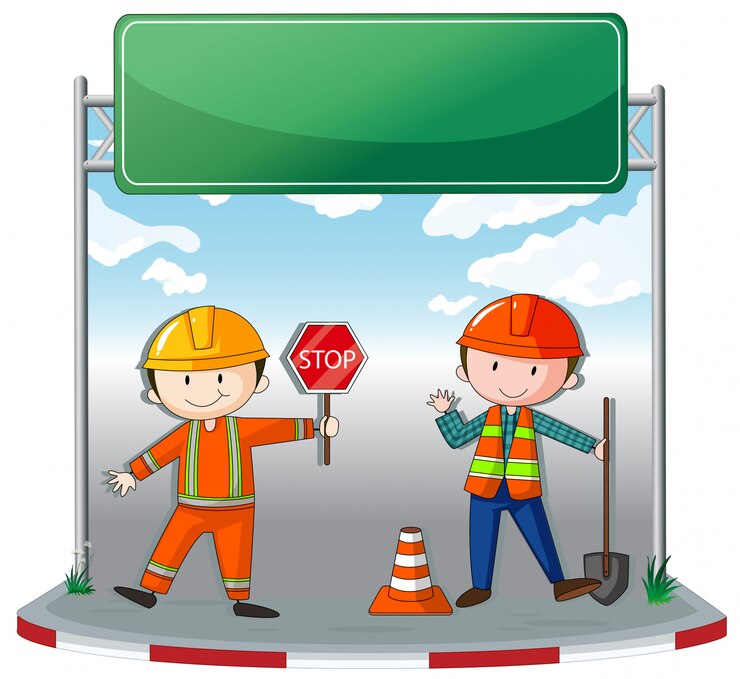
Introduction: While traditional training methods like paper manuals, PowerPoint presentations, and live video shoots have been the norm, animated safety videos are emerging as a powerful alternative, especially when used in a user-friendly website like Strikingly. Let’s explore the advantages of using animated safety videos for training.
Advantages of Animated Safety Videos
1. Engagement and Retention
- Visual Appeal: Animated videos are visually engaging, making it easier to capture and retain the audience’s attention. For example, a construction company can use animated videos to demonstrate safety protocols on-site, making the content more engaging than static images or text.
- Interactive Elements: Incorporating interactive elements can enhance understanding and retention of safety protocols. Imagine an animated video where viewers can click on different parts of a machine to learn about safety features. Example
2. Clarity and Consistency
- Complex Concepts Simplified: Animation can simplify complex safety procedures, making them easier to understand. For instance, an animated video can clearly show the step-by-step process of using a fire extinguisher, ensuring everyone knows how to operate it correctly.
- Consistent Messaging: Ensures that every employee receives the same information, reducing the risk of misinterpretation. This is crucial in industries like healthcare, where consistent training on hygiene protocols can prevent infections.
3. Language Flexibility
- Multilingual Support: Animated videos can be produced in multiple languages, breaking down language barriers and ensuring comprehension across diverse workforces. For example, a global manufacturing company can create safety videos in English, Spanish, and Mandarin to cater to its international employees.
4. Reinforcement of Safety Protocols
- Repetitive Learning: Videos can be replayed multiple times, reinforcing safety protocols and procedures. A warehouse can use animated videos to repeatedly train staff on forklift safety, ensuring the information sticks.
- Visual Demonstrations: Provides clear visual demonstrations of safety practices, enhancing practical understanding. For example, an animated video can show the correct way to lift heavy objects, reducing the risk of back injuries.
5. Cost and Time Efficiency
- Technological Advancements: With advancements in technology, 3D animated videos can now be produced at the same or even lower cost and time compared to traditional methods, depending on the complexity of the project. For instance, creating an animated video to demonstrate chemical handling procedures can be more cost-effective than organizing multiple live training sessions.
6. Enhanced Visual Communication
- Zoom and Slow Motion: Animation allows for zooming in on smaller parts, slow-motion sequences, and the use of captions and arrows to highlight important points, ensuring comprehensive understanding. For example, an animated video can zoom in on the components of a safety harness, showing how each part should be correctly fastened.
7. Overcoming Traditional Method Limitations
- Camera and Lighting Issues: Traditional photo and video shooting can suffer from poor camera angles, lighting issues, and lack of focus on critical details. Animated videos eliminate these issues, providing clear and focused visual communication. For instance, an animated video can perfectly illustrate the internal workings of a machine, something that might be difficult to capture with a live camera.
Conclusion
The dynamic and engaging nature of animated safety videos, combined with technological advancements, makes them a powerful tool for communicating vital safety information. By leveraging the power of audio-visual learning, companies can enhance their safety training programs, ensuring that employees are well-equipped to maintain a safe work environment.
https://www.youtube.com/watch?v=zOZO4cASw4g

